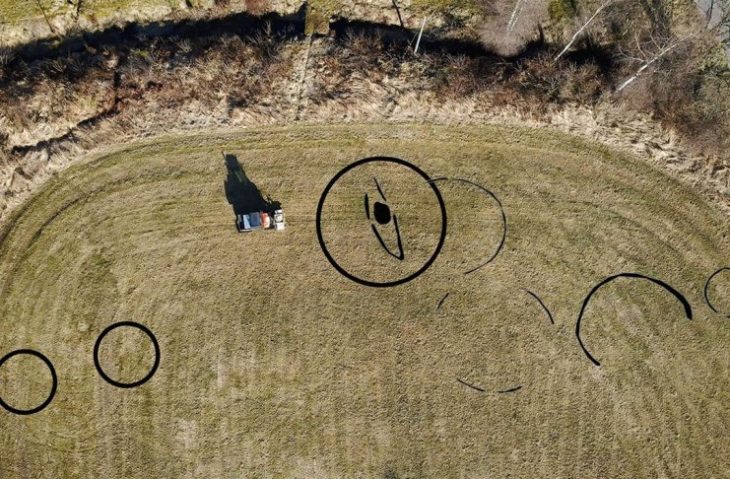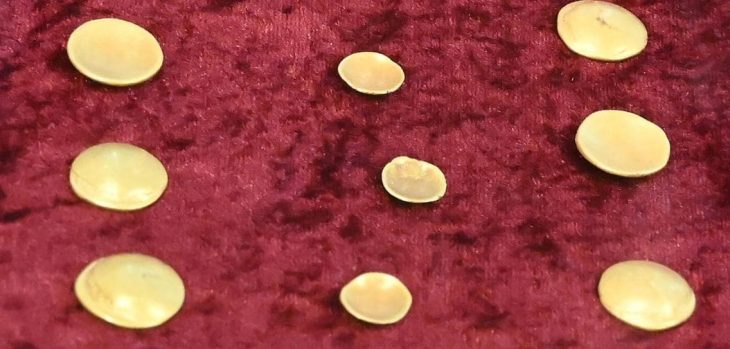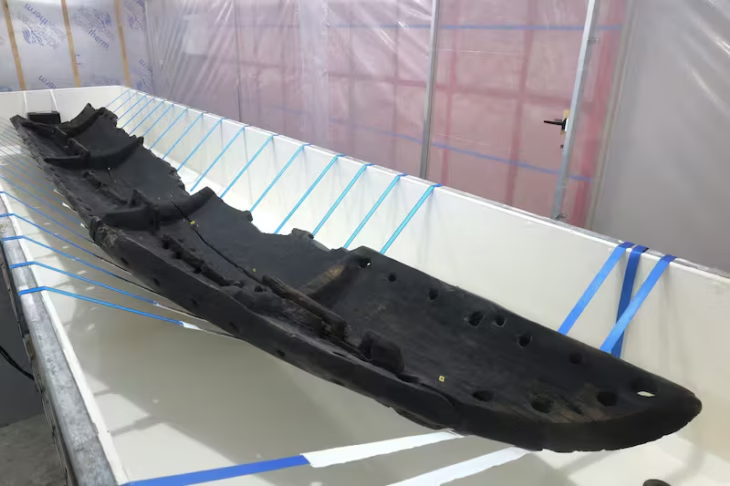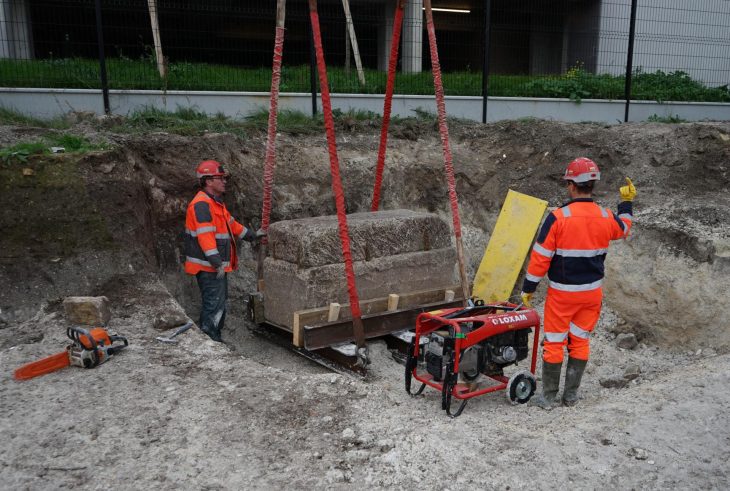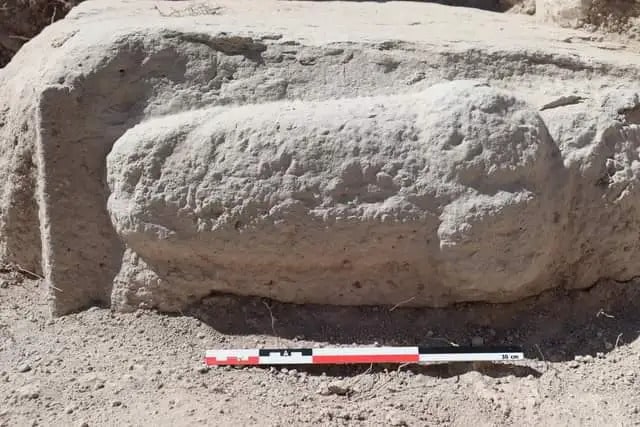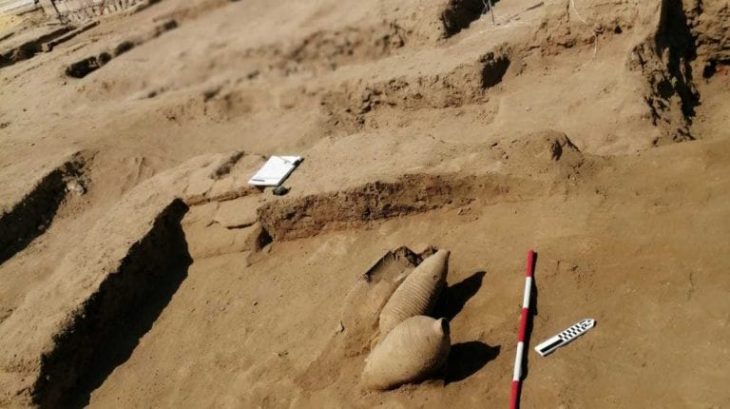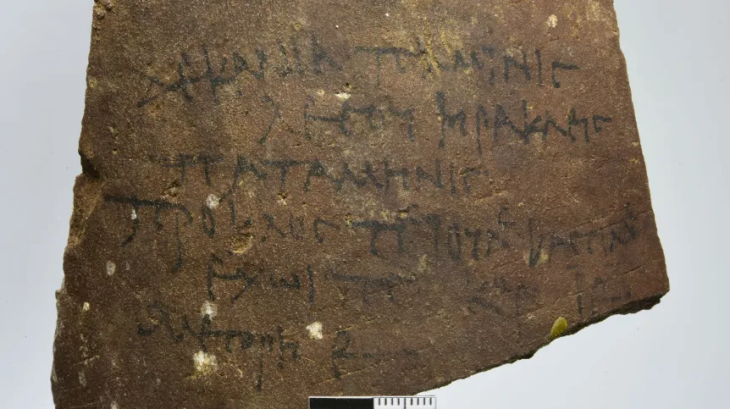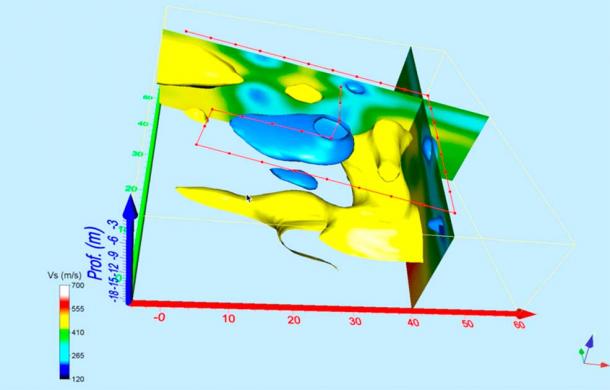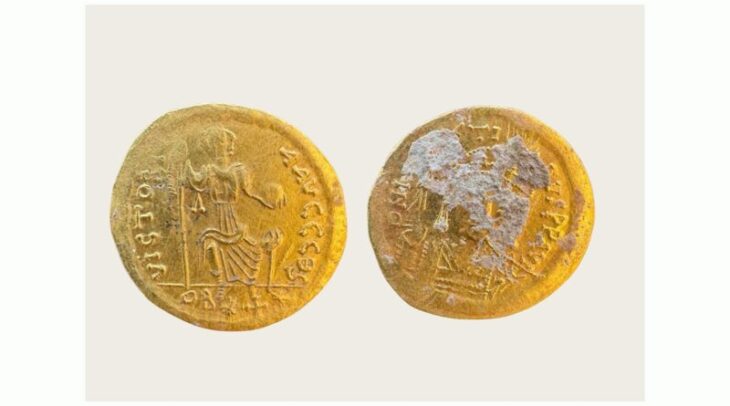A remarkable archaeological excavation in Gloucestershire has unveiled a vast settlement site dating back over 2,000 years, bridging the Iron Age and Roman periods. This discovery was triggered by the rare find of two Roman cavalry swords during a 2023 metal detecting rally near Willersey.
The excavation, funded by Historic England and conducted in partnership with Cotswold Archaeology, has revealed traces of an extensive settlement from the Early to Middle Iron Age, continuing into the first and second centuries AD. Among the most intriguing finds is possible evidence of a Roman villa featuring winged extensions, though further investigations are required to confirm its exact nature.
The swords, known as spatha, are long iron cavalry weapons used by Roman horsemen between the early second and third centuries AD. Notably, one sword displays intricate pattern welding — a decorative and costly forging technique — indicating it belonged to a higher-status soldier. The other sword is plainer, suggesting different social or military ranks.
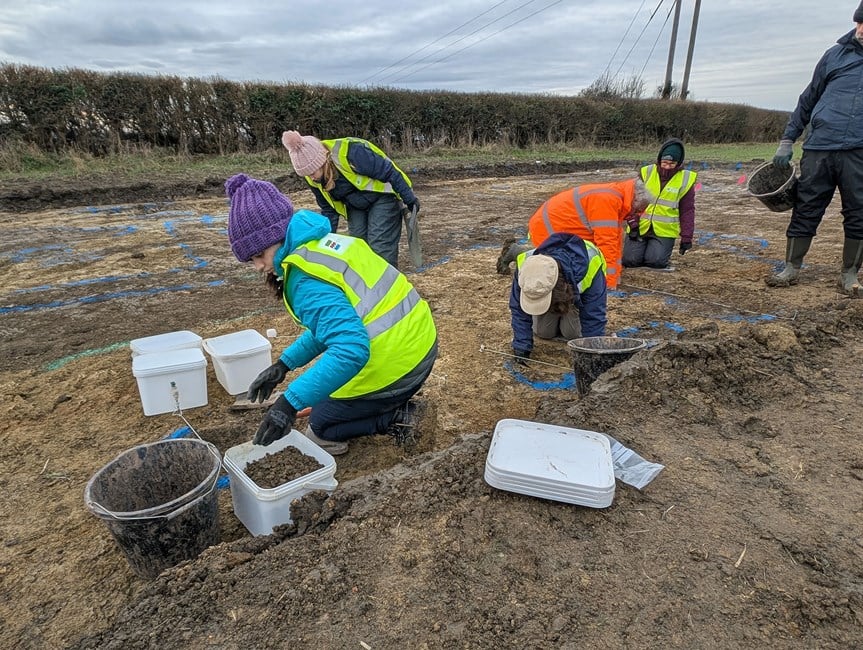
Discovered mere inches beneath the surface, these swords were nearly destroyed by farm machinery, highlighting the fortuity of their recovery. After their discovery, the swords were X-rayed at Historic England’s science laboratory in Portsmouth, providing valuable insights into Roman metallurgy and craftsmanship.
Additional finds at the site include Roman building materials such as ceramic roofing tiles, box flue tiles likely related to underfloor heating, and fragments of painted wall plaster. These point towards the presence of a sophisticated Roman villa. Moreover, several Iron Age ring ditches and a rectangular enclosure further demonstrate the site’s long history of occupation.
📣 Our WhatsApp channel is now LIVE! Stay up-to-date with the latest news and updates, just click here to follow us on WhatsApp and never miss a thing!!
Significant human and animal remains were also uncovered: an Iron Age burial featuring an iron arm band and a horse skull buried nearby, though their relationship remains unclear.

Ian Barnes, Senior Archaeologist at Historic England, remarked, “This excavation offers a rare window into centuries of settlement activity, shedding light on the transition from Iron Age communities to Roman occupation in Gloucestershire.”
The Corinium Museum in Cirencester will showcase the swords starting August 2, allowing the public to engage directly with this unique slice of British history.
Glenn Manning, the metal detectorist who made the original discovery, said, “Finding two cavalry swords in one place was incredible — almost like the stars aligned. It’s an honor to contribute to uncovering our ancient past.”
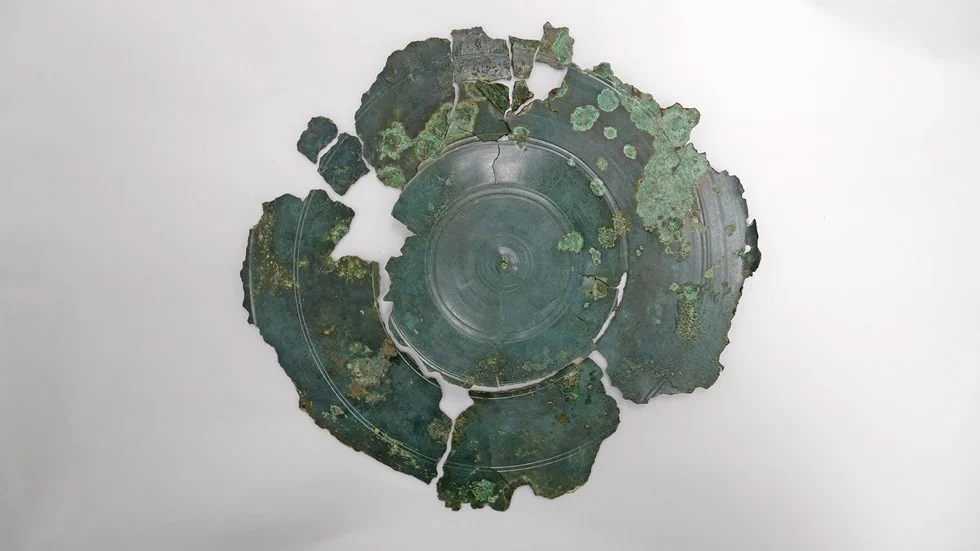
As Historic England reviews the full archaeological report, consideration will be given to protecting the site as a scheduled monument, ensuring its preservation for future generations.
Cover Image Credit: Roman cavalry sword with its protective fitting known as a chape. © Corinium Museum




